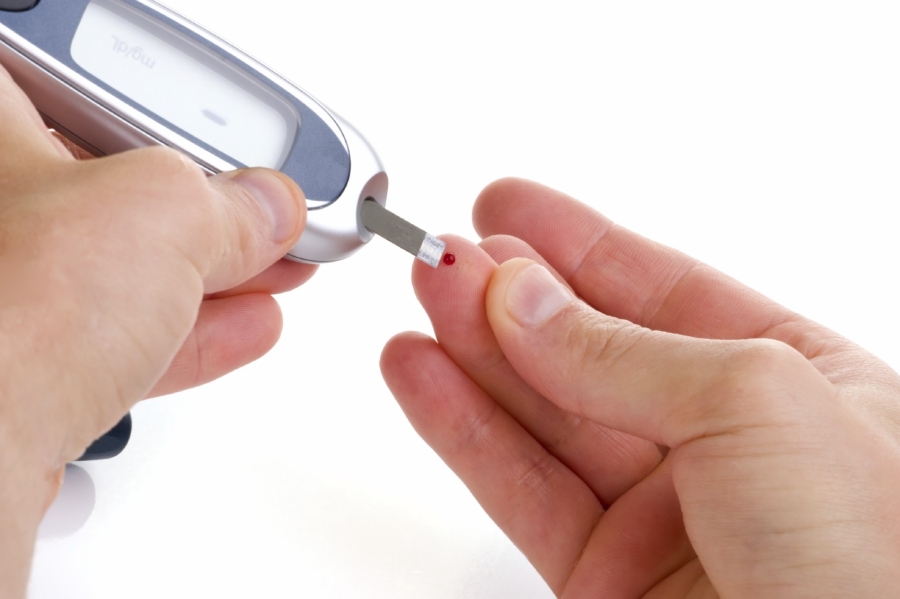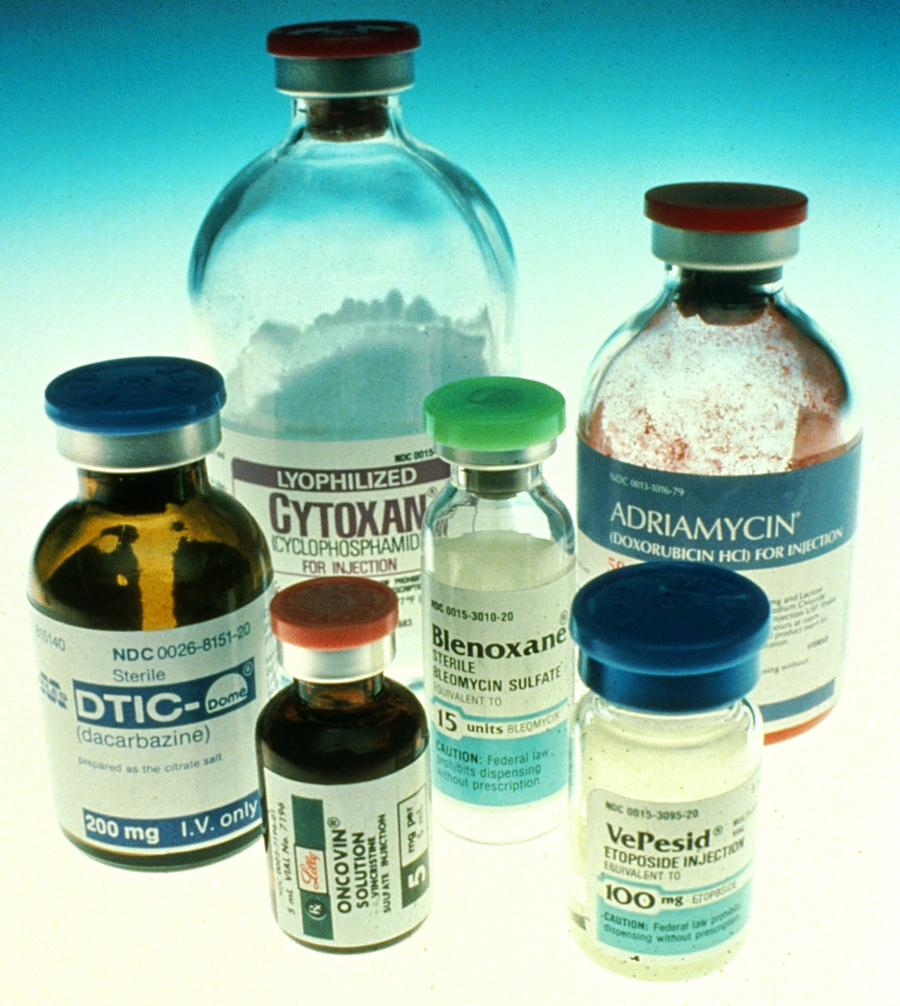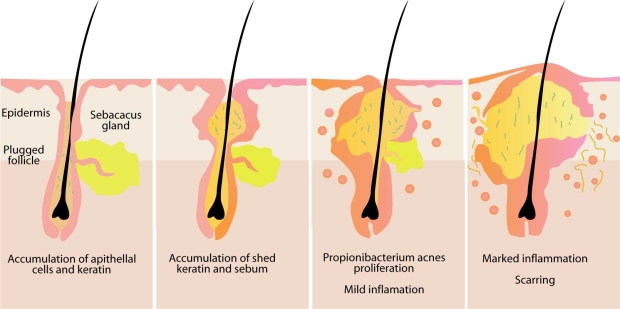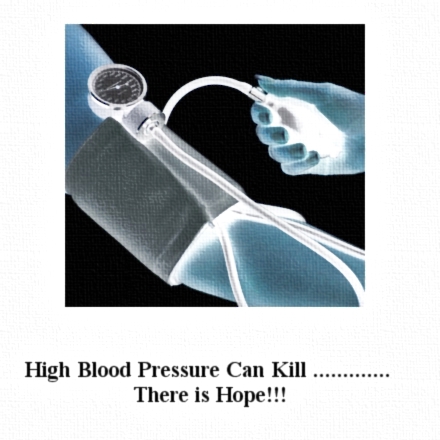Diabetes - mini guide

Diabetes
Diabetes (Medical term: Diabetes mellitus) is a condition where either body does not produce enough insulin, or it cannot use the insulin it produces.
In medical terminology, diabetes is defined as a syndrome of disordered metabolism resulting in abnormally high blood sugar levels (hyperglycemia). Blood glucose levels are controlled by the hormone insulin made in the beta cells of the pancreas.
There are three main types of diabetes:
Type 1, where the body makes little or no insulin. This type is characterized by loss of the insulin-producing beta cells of the islets of langerhans in the pancreas, leading to a deficiency of insulin. The main cause of this beta cell loss is a T-cell mediated autoimmune attack.
Type 2, where the body makes insulin but cannot use it properly. This type is characterized differently due to insulin resistance or reduced insulin sensitivity, combined with reduced insulin secretion. The defective responsiveness of body tissues to insulin almost certainly involves the insulin receptor in cell membranes.
In the early stage the predominant abnormality is reduced insulin sensitivity, characterized by elevated levels of insulin in the blood. At this stage hyperglycemia can be reversed by a variety of measures and medications that improve insulin sensitivity or reduce glucose production by the liver.
As the disease progresses the impairment of insulin secretion worsens, and therapeutic replacement of insulin often becomes necessary.
Nine out of ten people with diabetes have Type 2.
Gestational Diabetes, where the body is not able to properly use insulin during pregnancy. It occurs in about 2% to 5% of all pregnancies and may improve or disappear after delivery.
Gestational diabetes is fully treatable but requires careful medical supervision throughout the pregnancy. About 20% to 50% of affected women develop type 2 diabetes later in life.
Symptoms of diabetes: Excessive urine production, resulting compensatory thirst and increased fluid intake, blurred vision, unexplained weight loss, lethargy, and changes in energy metabolism.
Complications: Diabetes and its treatments can cause many complications. Acute complications (hypoglycemia, ketoacidosis, or nonketotic hyperosmolar coma) may occur if the disease is not adequately controlled.
Serious long-term complications (i.e., chronic side effects) include cardiovascular disease (**doubled risk), chronic renal failure, retinal damage (which can lead to blindness), nerve damage (of several kinds), and microvascular damage, which may cause impotence and poor wound healing. Poor healing of wounds, particularly of the feet, can lead to gangrene, and possibly to amputation.
In the developed world, diabetes is the most significant cause of adult blindness in the non-elderly and the leading cause of non-traumatic amputation in adults.
Diabetic nephropathy is the main illness requiring renal dialysis in the United States.
Changing eating habits like avoiding sugar and including more fiber in diet helps in all types of diabetes. Diabetes is manageable and as claimed by many, is curable. Anyone suffering from diabetes should consult with their family doctor on how changes in lifestyle - diet and exercise, can assist in managing the problem.








